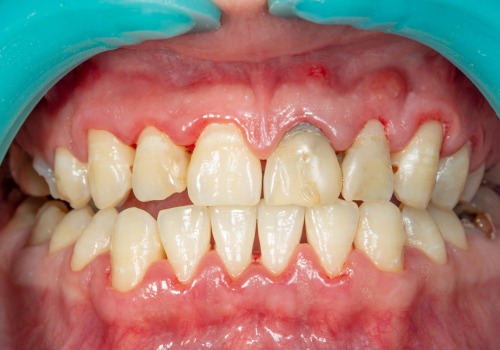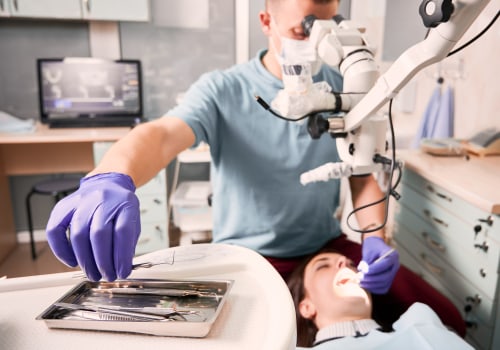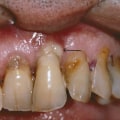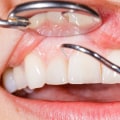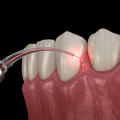Gingival flap surgery, also known as gum lift surgery, is the most common type of periodontal surgery. It involves reconfiguring the gums to improve the appearance of the smile.
There are many treatments and procedures that fall within the scope of periodontics
, ranging from complex surgeries to scraping and root smoothing, tray placement systems, and more. Not all periodontal treatments involve surgery.For example, the earliest stages of gum disease require periodontal treatments such as deep cleanings, desquamation, and root smoothing to remove as much plaque and tartar as possible from periodontal pockets. This also works to smooth the root of the tooth and eliminate toxins. The next step in treatment is complementary therapy, such as antibiotics or antimicrobials. Scraping and root smoothing are used to combat bacterial toxins.
This process involves a precise cleaning of the root surfaces to remove plaque and tartar. Sometimes, it is followed by complementary therapy, such as systemic antibiotics or host modulation. Most periodontists agree that many patients will not need additional treatment after exfoliation and root smoothing, but ongoing maintenance therapy will be necessary to maintain their health. One of the symptoms of periodontal disease is gum recession, which can expose the roots of the teeth and trap bacteria below the gum line.
Gum graft surgery (gingival grafting) is used to replace lost gingival tissue in cases of moderate to severe gingival recession. There are several types of periodontal surgery that periodontists usually practice. Two of the most common procedures are flap surgery and gum grafting. Laser therapy and tissue-stimulating proteins are two other types of treatments being explored to treat periodontal problems.
When plaque isn't removed from your teeth every day, it can harden and turn into tartar (tartar), causing inflammation in the gums and leading to periodontal disease. Gum surgery helps eliminate disease-causing bacteria and reduce the size of periodontal pockets to begin the healing process. The early stages of gum disease may go unnoticed, but your dentist can detect periodontal problems through routine checkups. The dentists at Icon Dental Center specialize in treating all types of diseases and offer multiple types of periodontal treatments.
Taking care of your gums after treatment will also be important to prevent the recurrence of periodontal disease. Also known as gingival sculpting or crown lengthening, gingival flap surgery is a periodontal surgery in which excess tissue is removed with local anesthesia. The best periodontal treatment for you depends on the severity of your periodontal disease and other factors. It can be as mild as gingivitis (mild periodontal disease) or as serious as periodontitis, a serious infection that can cause destruction of the periodontal ligament and alveolar bone.
These periodontics trays are similar to the traditional fluoride trays used by dentists to combat tooth decay. Regeneration is a periodontal surgical procedure in which the periodontist bends the gum tissue to eliminate bacteria.


